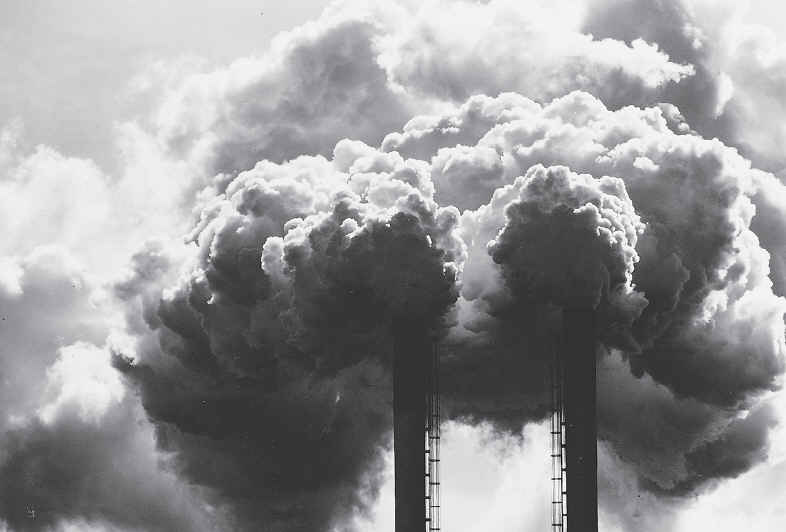
The 5 Gigatonne Gap
 The mood may be different this year, but the message is the same. The time to act is now.
The mood may be different this year, but the message is the same. The time to act is now.
If we are to keep global temperatures to below a 2 degrees Celsius rise, nations have to implement the pledges made in Copenhagen and much, much more.
According to a new report compiled by the UN Environment Programme (UNEP) and jointly authored by over 30 leading scientists from numerous international research institutes, the current gap between what climate science demands and the current climate cuts promised is a whopping “emissions gap” of 5 Gigatonnes by 2020.
To put that into a sobering perspective, that is an amount equal to the emissions of all the world’s cars, buses and trucks in 2005.
So here are some of the numbers:
It is estimated that, in order to have a ‘likely’ and cost-effective chance of pegging temperatures to 2 degrees Celsius or below over the 21st Century, global emissions will need to have peaked within the next 10 years and be around 44 gigatonnes of CO2 equivalent in 2020.
The report concludes that:
• Global emissions were estimated to be around 48 gigatonnes in 2009;
• Under a business-as-usual scenario, annual emissions of greenhouse gases could be around 56 gigatonnes of CO2 equivalent by 2020 – that is twelve gigatonnes more than is needed;
• Fully implementing the loose pledges made at the Copenhagen summit last year, known as the Copenhagen Accord could, in the best case scenario, cut emissions to around 49 gigatonnes of CO2 equivalent by 2020;
• So this leaves a huge gap of around 5 gigatonnes of CO2 equivalent that needs to be bridged over the coming decade;
• In the worst case scenario – where countries follow their lowest ambitions and accounting rules set by negotiators are lax rather than strict – emissions could be as high as 53 gigatonnes in 2020, only slightly lower than business as usual projections.
Achim Steiner, UN Under-Secretary General and UNEP Executive Director, said: “There is a gap between the science and current ambition levels. But, what this report shows is that the options on the table right now in the negotiations can get us almost 60 per cent of the way there. This is a good first step.”
Kelly Levin, Senior Research Associate at the World Resources Institute, Washington DC and one of the lead authors of the Emissions Gap Report, said: “As this report shows, we are clearly on a dangerous emissions pathway and need more aggressive action to slow down the Earth’s rising temperatures,”
He added “Negotiators need to come to Cancun armed with a commitment to robust accounting rules and to move ahead with ambitious emission reduction pledges to close the gap between what’s needed and where we’re currently headed.”
Finally UN Secretary-General, Ban Ki-moon, said: “There is no time to waste. By closing the gap between the science and current ambition levels, we can seize the opportunity to usher in a new era of low-carbon prosperity.”
